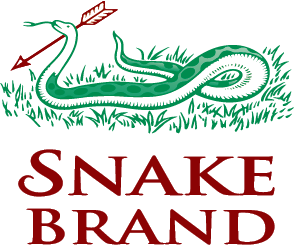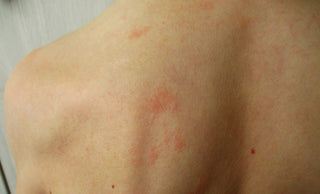Heat rash and eczema are two common dermatological conditions that often lead to confusion due to their similar presentations. In this article, we will explore the key differences between heat rash and eczema.
Heat Rash:
Heat rash, also known as prickly heat or miliaria, is a common skin condition that occurs due to blocked sweat glands. It typically develops in hot and humid weather conditions or in situations that cause excessive sweating. Heat rash manifests as tiny red or pink bumps on the skin's surface and is often accompanied by an itching or prickling sensation. The affected areas commonly include areas covered by clothing or where sweat collects, such as the neck, chest, back, and groin.
Eczema:
Eczema, or atopic dermatitis, is a chronic skin condition characterized by dry, itchy, and inflamed skin. It tends to occur in individuals with a personal or family history of allergies or asthma. Eczema can affect people of all ages, but it is more common in infants and young children. Unlike heat rash, eczema is not directly related to heat or sweating. It often presents as red, scaly patches that may become thickened or cracked over time. Eczema can occur on any part of the body, but it frequently affects the face, hands, inner elbows, and behind the knees.
Spotting the Difference:
While heat rash and eczema share some similarities, several distinguishing factors can help identify and differentiate between them:
Appearance: Heat rash typically appears as small, red or pink bumps, resembling tiny blisters or pimples. In contrast, eczema presents as red, dry patches that may be accompanied by scaling or crusting. The affected skin in eczema may also be more widespread and show signs of thickening or cracking.
Itching: Both conditions can cause itching, but the intensity and nature of the itch may differ. Heat rash is often associated with a prickling or stinging sensation, while eczema itch is more persistent and can be intense, leading to scratching and further skin damage.
Location: Heat rash primarily occurs in areas prone to sweating and friction, such as the neck, chest, back, and groin. Eczema, on the other hand, can appear in various locations but commonly affects flexural areas (where the skin folds), such as the inner elbows and behind the knees.
Triggers: Heat rash is triggered by excessive heat, humidity, or sweat accumulation. Eczema, however, can be provoked by a range of factors, including irritants (such as soaps and detergents), allergens, emotional stress, and changes in temperature or humidity.
Relief with Prickly Heat Powder:
Snake Brand prickly heat powder can offer relief from the symptoms of heat rash and eczema. It works by absorbing excess moisture and cooling the affected skin. Snake Brand powder contains camphor and menthol, which have soothing properties. When applied to the affected areas, the powder helps to alleviate the itching, reduce inflammation, and prevent further sweat gland blockage. However, it is important to note that prickly heat powder should not be used on broken or irritated skin, as it may cause further irritation or discomfort.


